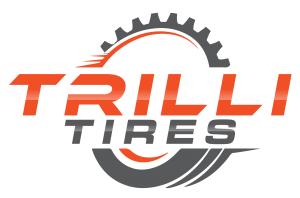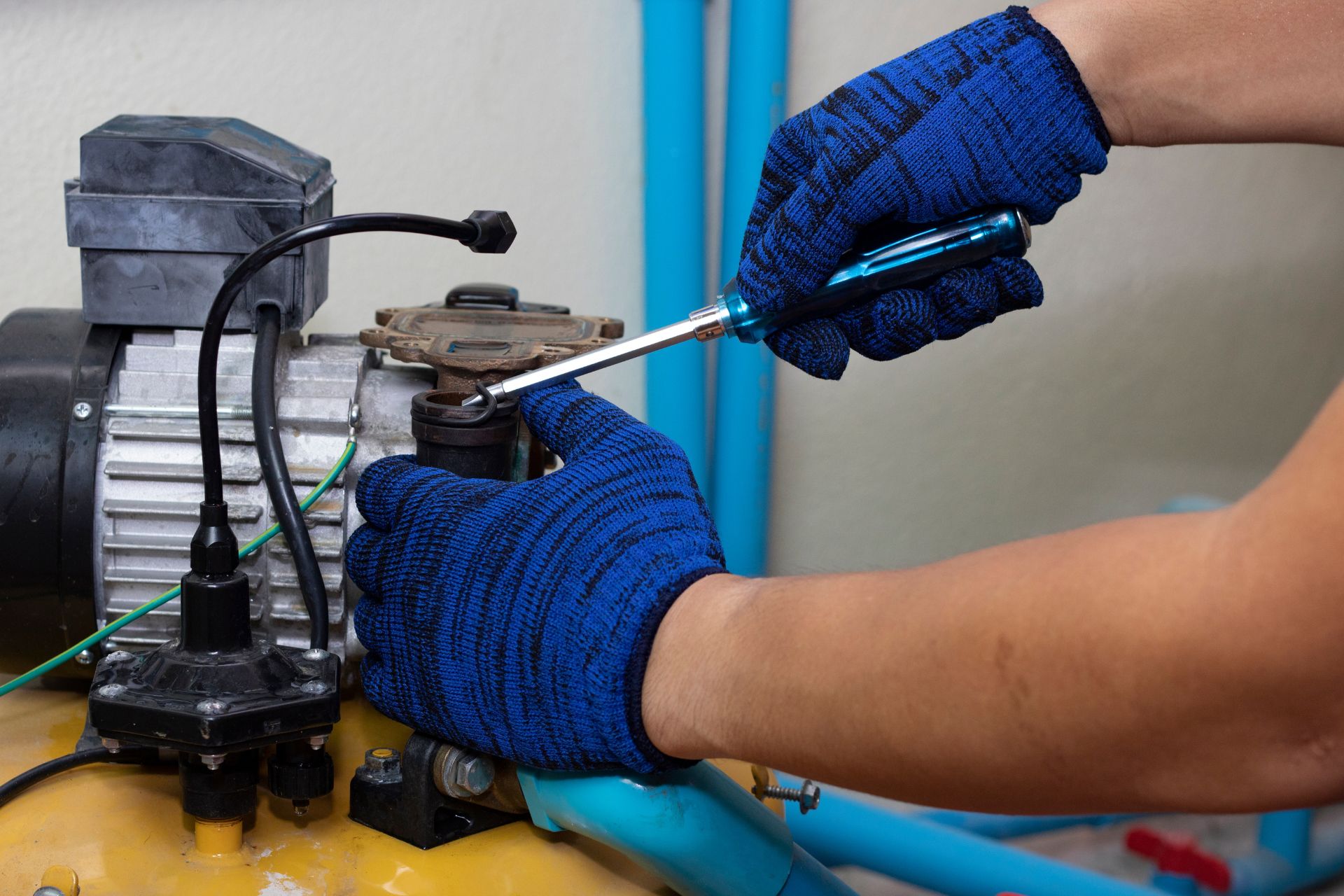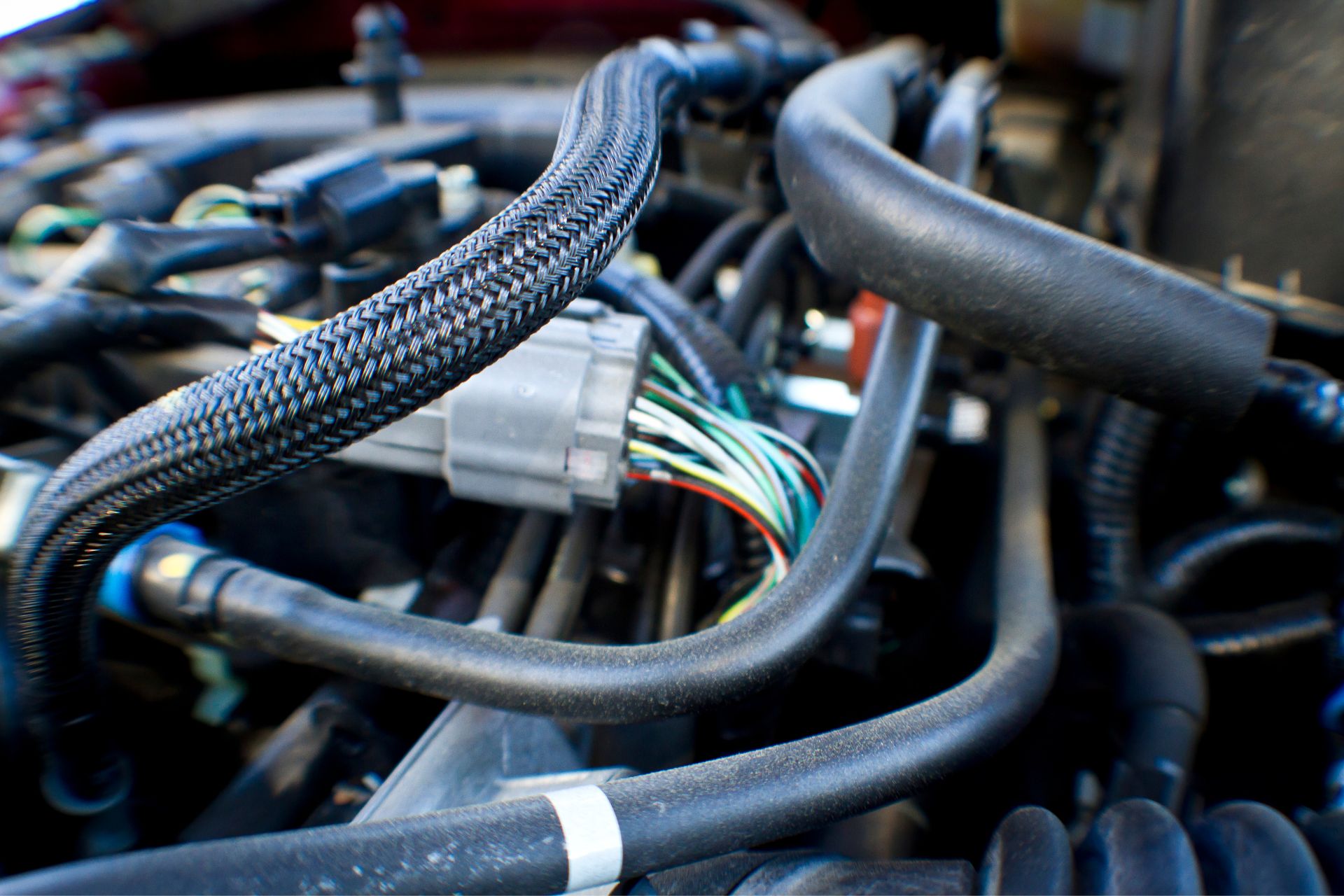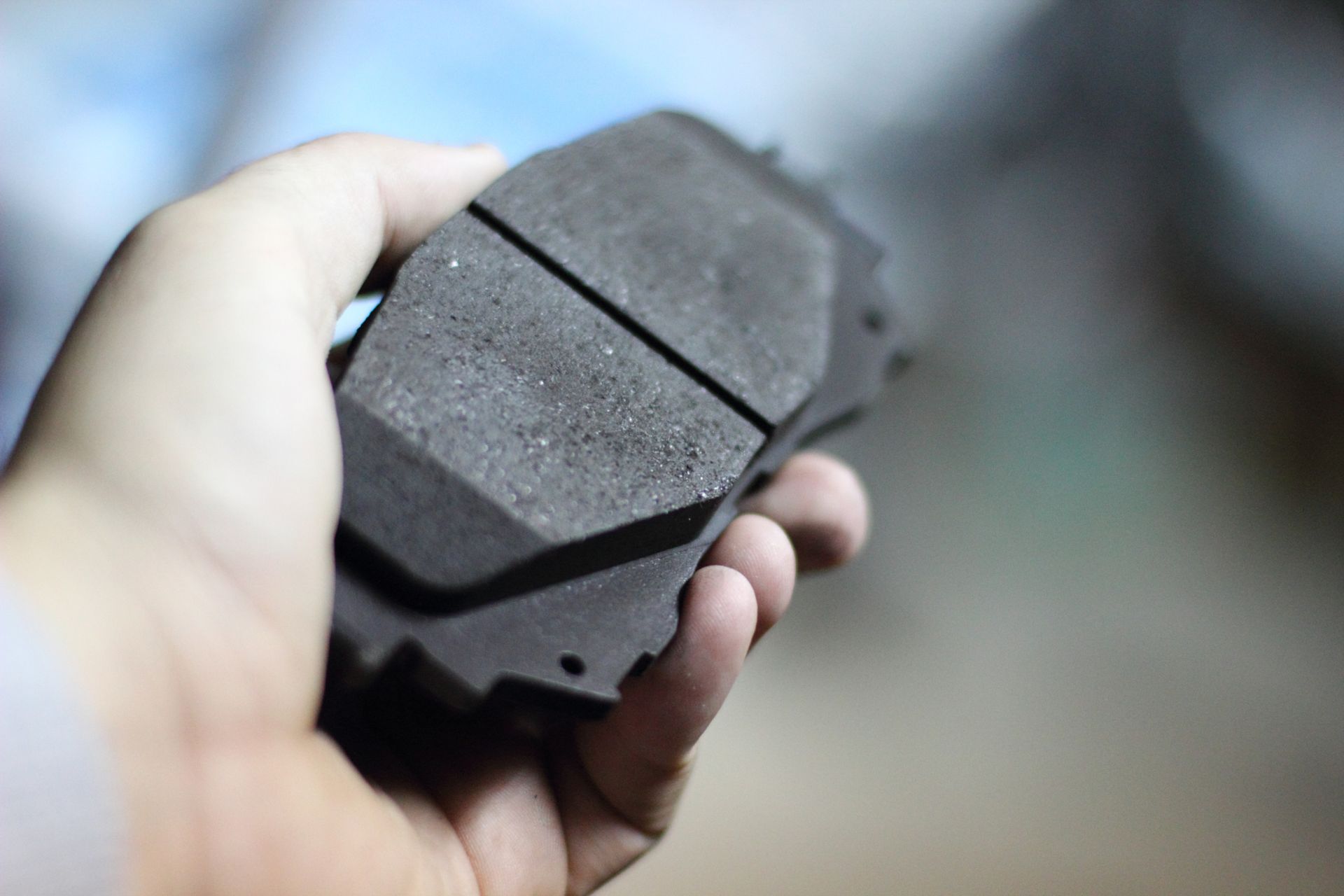The water pump is a small but essential component in your vehicle’s engine cooling system. Without it, your engine would overheat in a matter of minutes, leading to potential breakdowns and costly repairs. Though often overlooked during routine maintenance, this part plays a vital role in circulating coolant and maintaining a safe operating temperature.
Understanding how the water pump works, the signs of failure, and the importance of proper care can help you avoid unexpected problems and keep your vehicle running smoothly. In this article, we’ll explore everything you need to know about this crucial component, from its function and design to symptoms of wear and best practices for replacement.
What Is a Water Pump?
The water pump is a mechanical device that circulates coolant from the radiator through the engine and back again. It maintains the steady flow of coolant required to absorb and remove excess heat generated by the engine during combustion.
Located at the front of the engine block, the pump is typically driven by the timing belt, serpentine belt, or a dedicated drive belt. As the engine runs, the pump spins an impeller (a type of internal fan) that moves coolant through passages in the engine and out toward the radiator, where it releases heat into the surrounding air.
Why the Water Pump Is So Important
Engines operate most efficiently within a specific temperature range. If they run too hot, metal parts can expand beyond tolerance, gaskets can fail, and oil can break down, leading to severe engine damage. If they run too cool, combustion efficiency drops and emissions increase.
The water pump ensures the engine maintains that balance by:
- Circulating coolant through the system continuously
- Preventing hotspots from forming inside the engine block
- Helping manage the flow of heat away from critical components
- Supporting the function of the heater core to provide cabin heat in winter
Without a functioning pump, coolant becomes stagnant, and the engine will quickly overheat.
Key Components of a Water Pump
Although the design may vary slightly between vehicles, most pumps share the same essential parts:
Housing:
Made of aluminum, cast iron, or composite materials, the housing contains all other components and mounts to the engine block.
Impeller:
A small metal or plastic fan with blades that push coolant through the engine and radiator.
Shaft and Bearings:
Connect the impeller to the pulley and allow it to rotate smoothly when driven by the engine belt.
Pulley or Gear:
Transfers motion from the engine’s drive belt or timing system to the water pump shaft.
Seal and Gasket:
Prevent coolant from leaking around the shaft and housing. Over time, these are among the first parts to fail.
All of these components must work in harmony for the pump to do its job effectively.
How the Water Pump Works
The operation is simple in theory but crucial in practice. When the engine starts, the crankshaft turns the drive belt, which spins the pump pulley. This motion turns the impeller inside the pump housing, pushing coolant out of the pump and into the engine block.
The coolant absorbs heat from the engine and then moves on to the radiator, where it is cooled by air passing through the radiator fins. From there, it returns to the pump to repeat the cycle.
This process continues as long as the engine is running, providing continuous regulation of temperature.
Common Signs of Water Pump Failure
Like any mechanical part, the water pump is subject to wear and eventual failure. Recognizing the symptoms early can prevent further damage:
Coolant Leaks:
One of the first signs of trouble is coolant leaking from the front of the engine. Leaks usually form around the gasket or weep hole when the internal seal begins to fail.
Overheating Engine:
If the pump is not circulating coolant properly, the engine will overheat. This can lead to warped cylinder heads or a blown head gasket if not addressed promptly.
Grinding or Whining Noise:
A failing bearing inside the pump can cause a high-pitched whining or grinding sound. This is often accompanied by belt slippage or misalignment.
Steam or High-Temperature Gauge Reading:
If you see steam coming from under the hood or notice the temperature gauge rising above normal levels, it may indicate a failing water pump.
Rust or Corrosion:
Over time, exposure to contaminated or old coolant can corrode the pump housing or impeller. This can reduce performance and lead to internal leaks.
Wobbling Pulley:
If the pulley that drives the pump starts to wobble, it could mean the shaft bearing has failed.
If any of these symptoms appear, it’s best to have your cooling system inspected immediately.
Causes of Water Pump Failure
Understanding what leads to pump failure can help you extend its life:
- Worn bearings or seals due to age or poor maintenance
- Coolant contamination, which can corrode internal parts
- Improper installation that puts stress on the pump or misaligns the pulley
- Belt tension issues, causing excessive wear on the pump shaft
- Operating the engine with low coolant levels can lead to overheating and component damage
Most pumps are designed to last between 100,000 to 160,000 kilometres, depending on the vehicle and maintenance habits.
Best Practices for Maintenance and Replacement
While the water pump doesn’t require frequent attention, there are a few best practices that can ensure its longevity:
Flush the Cooling System Regularly:
Old or contaminated coolant can lead to rust and scale buildup. Flushing the system every 2 to 3 years helps prevent corrosion and keeps the pump in good condition.
Use the Correct Coolant:
Different vehicles require different coolant formulations. Using the wrong type can affect lubrication and anti-corrosion properties.
Inspect Belts and Pulleys:
Since the pump is often driven by a belt, ensuring proper tension and alignment is essential. Replace worn belts promptly.
Replace When Doing Major Engine Work:
If you’re replacing a timing belt or rebuilding part of the engine, it’s a good idea to replace the water pump at the same time. This saves on labor costs and prevents future issues.
Monitor Coolant Levels:
Frequent top-offs or drops in coolant levels could signal a slow leak at the pump. Always investigate unexplained coolant loss.
The Role of the Water Pump in Modern Vehicles
In newer vehicles, electric water pumps are increasingly replacing traditional belt-driven models. These electric versions can be controlled by the engine control unit (ECU), allowing more precise regulation of coolant flow based on engine temperature and load.
Electric pumps offer several benefits:
- Improved fuel efficiency due to reduced engine drag
- Better temperature control during engine start-stop cycles
- Greater reliability due to fewer moving parts
However, they can also be more expensive to replace and may require specialized diagnostic tools.
Importance of a Healthy Cooling System
The water pump is just one part of a larger cooling system that includes the radiator, thermostat, hoses, and coolant itself. If one component fails, the entire system can be compromised. Regular inspections, timely fluid changes, and attention to warning signs can help prevent major issues and ensure your engine stays within its optimal operating range.
Final Thoughts on Water Pump Care
While it may not be the most visible or exciting part of your vehicle, the water pump is absolutely essential for keeping your engine from overheating and running efficiently. Neglecting it can lead to serious engine damage and expensive repairs. With proper maintenance and early detection of issues, this small component can provide years of reliable service.
Ensure Peak Engine Performance with TrilliTires in Richmond Hill
TrilliTires in Richmond Hill offers full cooling system diagnostics, water pump replacements, and expert care to keep your engine at the right temperature. Visit us today and drive confidently knowing your vehicle is in expert hands.






